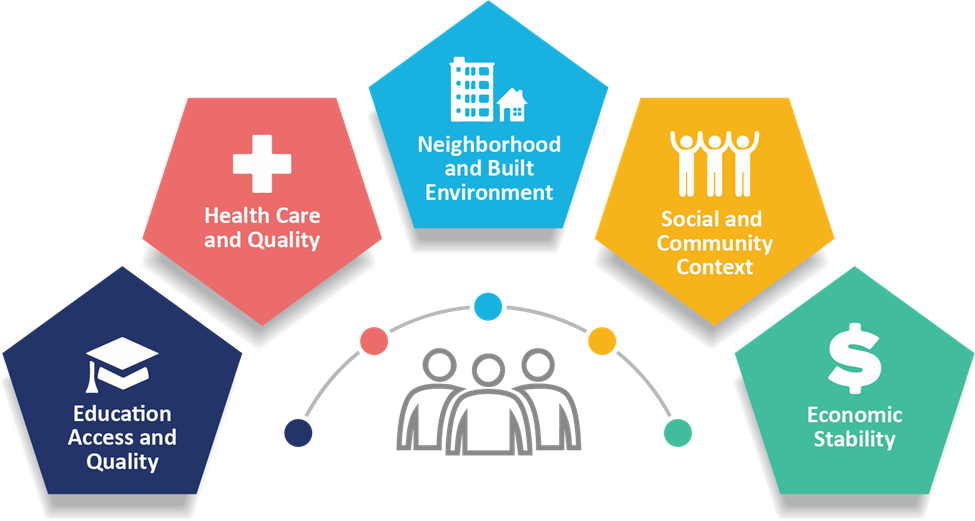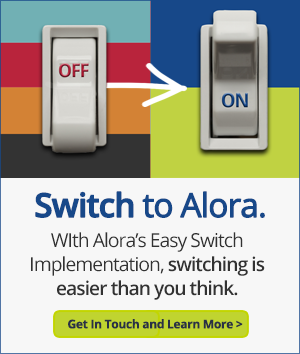
19 Mar SDoH in Home Health
Mastering SDoH in Home Health
Why Social Determinants of Health (SDoH) matter in home health and how HHAs can address SDoH with OASIS-E accuracy, utilization, and best practices.
In assessing the role of home healthcare and HHAs in addressing social determinants of health, (OASIS-E) includes questions that specifically address social determinants of health. These questions are intended to help home health agencies better understand the social and economic factors that may impact a patient’s health and well being, and to help identify potential areas for intervention. If CMS is monitoring these, you should too. In this blog, we’ll dive into how your agency can address SDoH.
The healthcare system plays an integral role in addressing Social Determinants of Health (SDoH). SDoH are the conditions in which people live, work, learn, and play. These factors in particular can have a detrimental effect on rehabilitation potential. They also affect home health services and the ability to improve the quality of life for the aging population.
In 2023, CMS introduced new OASIS-E questions to explicitly identify certain SDoH. These questions are meant to help home health agencies better understand the social aspects that influence their patient’s health and well-being. They can also highlight possible areas for intervention.
CMS is tracking these. And you should too. Here’s how your agency can master SDoH in home health.
- SDoH accuracy in OASIS-E
- Using SDoH to optimize utilization
- Using SDoH to establish best practices
Why SDoH in Home Health Matters to Agencies
Here’s a look at the five SDoH categories that were added to OASIS-E in 2024 and why they matter.
A1005 and A1010 Ethnicity and Race
Assessing ethnicity and race helps identify higher-risk patients. Some health conditions are more prevalent in certain people groups. In addition, a recent study from the Health Economics Review found that catastrophic health expenditures were higher in racial and ethnic minority groups.
A1100 Language
Language barriers have a major impact on the cost and quality of healthcare. Research proves that adverse effects occur more frequently among those with limited English proficiency. Agencies must identify those patients with an inability to understand instructions or treatment plans.
A1250 Transportation
According to the American Hospital Association, over 3.6 million Americans each year do not receive the care they need because of transportation problems. Lack of transportation leads to missed or delayed appointments and higher healthcare costs. As a result, transportation concerns often lead to worse outcomes.
B1300 Health Literacy
Low health literacy is linked to multiple negative outcomes. Among them are:
- More hospitalizations and ER visits
- Lower use of preventative care
- Poorer capacity to understand their health and treatment
- Poorer health status
- Higher mortality
- Higher healthcare expenses
In addition, inadequate health literacy worldwide is linked to decreased quality of life.
D0700 Social Isolation
It is widely known that social isolation can have detrimental effects on a person’s mental health. Now, the latest research shows an impact on physical health as well. Seclusion can lead to problems such as:
- Increased risk of heart conditions
- Obesity
- Anxiety and depression
- Memory issues
- Death
Feelings of isolation are more common in older adults, those who are retired, and those who live alone.

It is clear that these determinants have the potential to adversely affect patients. They can, in effect, counteract the services provided by home health clinicians. The good news is that providers can put this strong data to work for them. When issues are identified, leaders can be proactive. In some cases, agencies may be able to mitigate these circumstances. Here’s how.
SDoH accuracy in OASIS-E
The first step to addressing the SDoH in home health is accurate assessment. To collect useful data in your home health care software, organizations must train their clinicians to understand and recognize these factors. Without context, nurses and therapists may consider these SDoH OASIS items as simply more boxes to check. A growing emphasis on productivity and efficiency could lead to quick and inaccurate documentation.
Home health staff must understand that capturing standardized SDoH data helps them understand the details affecting their patients. By addressing them, they have a better chance to improve quality of care — and ultimately, the agency’s outcomes.
Home health professionals care for their patients and their organizations. When staff grasp the importance of these OASIS-E items, they are more likely to investigate and correctly record the SDoH that are affecting their patients. Accurate assessments will guide you in the next steps: optimizing utilization and developing best practices for home health agencies. Utilizing tools for agency organizational workflow, such as home health software for all documentation, OASIS and otherwise, will also aid in these processes.
Using SDoH to optimize utilization
Optimal utilization in home health means delivering timely, high-quality care while reducing costs and avoiding needless procedures. In the field of home health, this might be an ambitious objective. It entails balancing patient and family desires and preferences with the agency’s resources and, most importantly, the client’s needs. Thinking outside the box, home health companies can use SDoH data to improve utilization.
From scheduling staff, to implementing interventions and goals, think about how to address the SDoH. Considering the impact that these determinants have, they should be considered in service delivery. For instance, knowing that patients with limited English proficiency are higher-risk, additional teaching by the skilled nurse may be warranted. Agencies should make use of translator services and bilingual staff.
Another example is addressing social isolation. Since feeling alone adversely affects seniors, providers should see to it that a social worker gets involved, arranges transportation, and encourages support groups. These simple details could help prevent ER visits if they aren’t overlooked.
Using SDoH to establish best practices
Best practices are processes for teams to follow. Companies develop best practices based on research. These guidelines establish norms and standards for others within the organization to follow. In the home health and hospice industry, many companies have implemented methods that:
- Build structured processes
- Enhance efficiency
- Achieve optimal results
One source for home health best practices is the National Healthcare at Home Best Practices and Future Insights Study. Published in 2022, this guide was the first to outline steps that top-performing home health and hospice agencies follow. Since the SDoH are a recent addition to the OASIS-E, best practices for handling these social factors haven’t been established yet. This is why organizations can use their own SDoH data to develop agency best practices. Here’s how agencies can use SDoH for establishing home health best practices within their own organization.
- Track and trend agency data on SDoH in home health patients. This enables owners and leaders to observe how these variables could be influencing their census.
- Brainstorm ways to address them, such as collaborating with a transportation service, referring to community partners, or diversifying the agency’s workforce.
- Determine performance measures, such as rehospitalizations, that will reflect the success of the initiatives.
- Later, evaluate the effectiveness to decide whether any of the strategies should be designated best practices within the agency.
After identifying ways to approach SDoH within the agency, train staff and hold them accountable for new processes or guidelines they should follow.
The Take Away
Companies can use SDoH data to develop new processes. In addition, home health organizations can level up care quality by addressing these unique needs. The integration of SDoH into OASIS-E is an opportunity for agencies. Using this assessment tool to identify higher risk clients, home health providers can better meet needs and improve health outcomes for their patients.
Check out additional helpful blogs:
- OASIS-E readiness
- Improving billing, payment, and care coordination in home health
- Home Health & Hospice Training
Helpful links for further reading on SDoH:
Catastrophic health expenditures | Health Economics Review
Implications of Language Barriers in Healthcare | National Library of Medicine
Social Determinants of Health: Transportation | American Hospital Association
Health Literacy, Social Determinants of Health, and Disease Prevention | NIH.gov
Relationship between health literacy and quality of life | BMC Geriatrics
What doctors wish patients knew about loneliness | American Medical Association
Trends in Loneliness Among Older Adults | HealthyAgingPoll.org
National Healthcare at Home Best Practices | Berry Dunn Advisors

Alora can help your agency stay compliant with reporting, assessment, and patient analysis with a streamlined interface that is built for both skilled and non-skilled homecare operations. Awarded easiest to use and best customer support in Software Advice’s Reviewer’s Choice awards, everything is easier when you have a simple solution that gives you everything you need in one place. To learn more about how ALORA partners with agencies for peak clinical performance, productivity, financial success, and compliance, click the link below to

About The Author
Sarah Falcone RN serves as Lead Content Contributor for Alora Healthcare Systems. Sarah is a home health industry consultant, author, blogger, and business development manager with more than 10 years experience working in home health agency administrations. Sarah is also a registered nurse.



No Comments